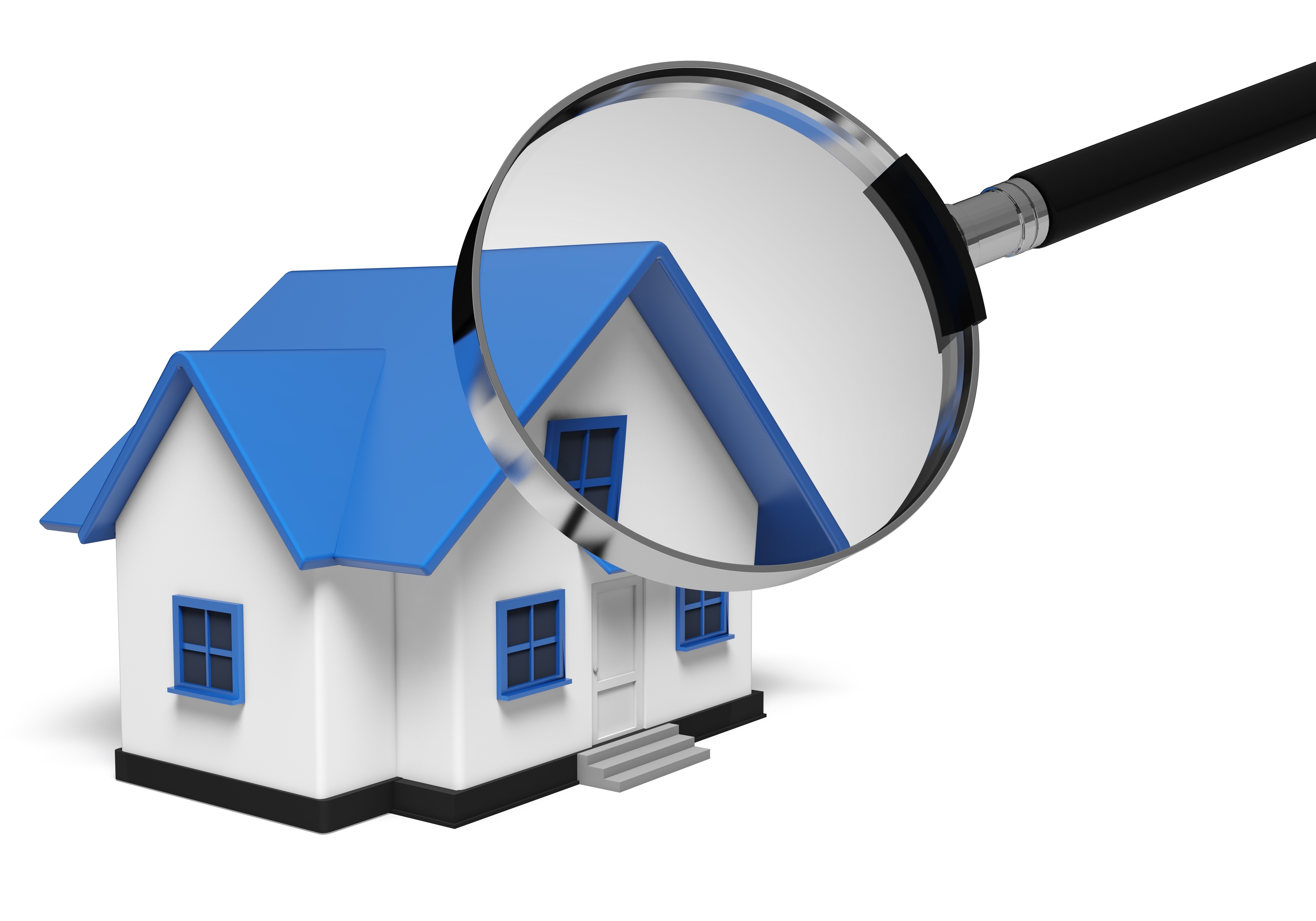
Decoding the Appraisal ProcessTheir home's purchase can be the most serious financial decision most people may ever consider. Whether it's a primary residence, an additional vacation property or a rental fixer upper, the purchase of real property is a complex transaction that requires multiple parties to see it through. Most of the parties involved are quite familiar. The real estate agent is the most familiar face in the exchange. Next, the mortgage company provides the money required to finance the transaction. The title company ensures that all requirements of the sale are completed and that a clear title transfers from the seller to the purchaser. So, what party makes sure the value of the real estate is in line with the amount being paid? In comes the appraiser. We provide an unbiased opinion of what a buyer might expect to pay — or a seller receive — for a property, where both buyer and seller are informed parties. A licensed, certified, professional appraiser from Daniel Binnix will ensure, you as an interested party, are informed. The inspection is where an appraisal beginsOur first responsibility at Daniel Binnix is to inspect the property to ascertain its true status. We must physically see features, such as the number of bedrooms and bathrooms, the location, and so on, to ensure they indeed exist and are in the condition a reasonable person would expect them to be. The inspection often includes a sketch of the floorplan, ensuring the square footage is proper and illustrating the layout of the property. Most importantly, we look for any obvious amenities - or defects - that would have an impact on the value of the house. Once the site has been inspected, we use two or three approaches to determining the value of the property: paired sales analysis and, in the case of a rental property, an income approach. 
Replacement CostHere, the appraiser analyzes information on local building costs, labor rates and other elements to determine how much it would cost to replace the property being appraised. This value usually sets the upper limit on what a property would sell for. It's also the least used method. 
Paired Sales AnalysisAppraisers get to know the communities in which they work. They innately understand the value of particular features to the residents of that area. Then, the appraiser looks up recent transactions in the vicinity and finds properties which are 'comparable' to the property in question. Using knowledge of the value of certain items such as square footage, additional bathrooms, hardwood floors, fireplaces or view lots (just to name a few), we adjust the comparable properties so that they are more accurately in line with the features of subject property.
A true estimate of what the subject could sell for can only be determined once all differences between the comps and the subject have been evaluated. At Daniel Binnix, we are an authority in knowing the value of particular items in Cherryville and Gaston County neighborhoods. This approach to value is most often awarded the most importance when an appraisal is for a home sale. Valuation Using the Income ApproachA third way of valuing real estate is sometimes applied when a neighborhood has a measurable number of renter occupied properties. In this case, the amount of revenue the real estate yields is taken into consideration along with income produced by neighboring properties to determine the current value. The Bottom LineCombining information from all applicable approaches, the appraiser is then ready to state an estimated market value for the property at hand. The estimate of value on the appraisal report is not always what's being paid for the property even though it is likely the best indication of a property's valueIt's not uncommon for prices to be driven up or down by extenuating circumstances like the motivation or urgency of a seller or 'bidding wars'. But the appraised value is typically employed as a guideline for lenders who don't want to loan a buyer more money than they could get back in case they had to sell the property again. At the end of the day, an appraiser from Daniel Binnix will help you attain the most accurate property value, so you can make wise real estate decisions. |